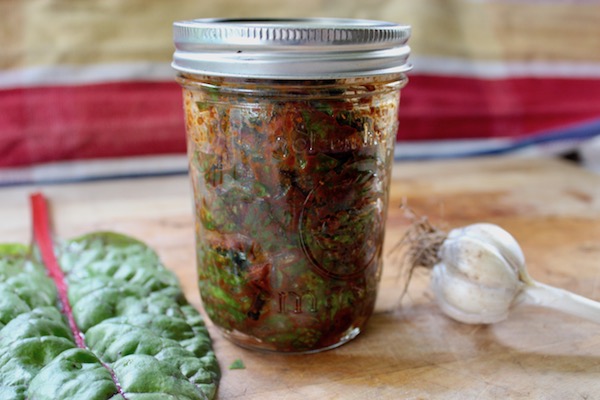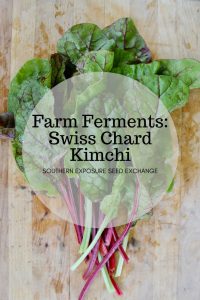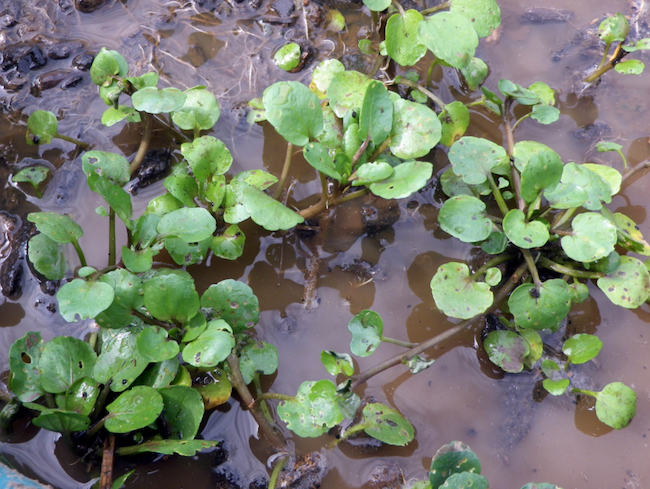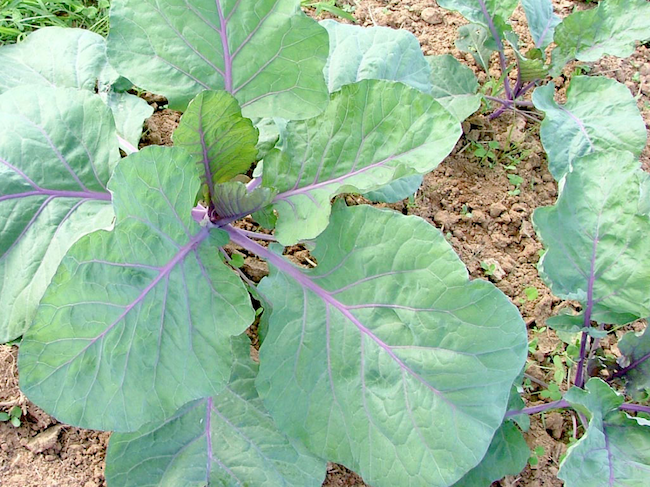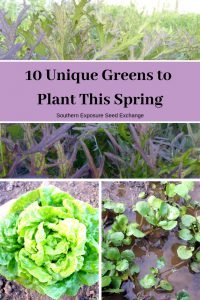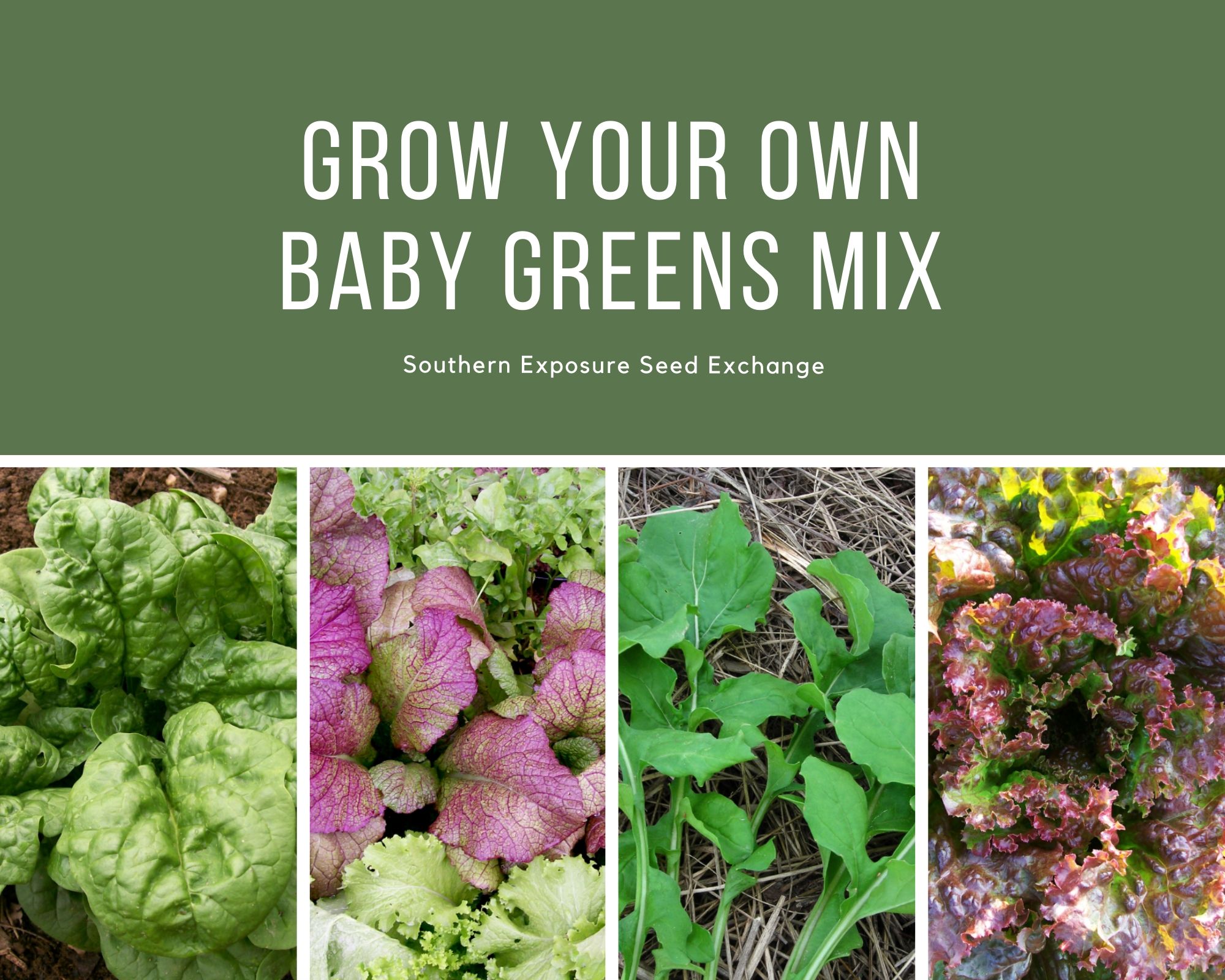
Growing baby greens is a great way to kick off your spring garden. They’re cold tolerant, quick-growing, and nutritious. They’re also a great choice for first time gardeners. We have a a selection of pre-mixed seeds but if you like to customize your mix here are a few great varieties to include in baby greens mixes.
Note that greens grown during the late fall and winter will grow more slowly due to the decreased daylight.
Arugula (Roquette)
Arugula adds texture and a mild peppery flavor to salads. It can be harvested as baby greens in as little as 21 days. Arugula can still be eaten after it has flowered but the taste will be stronger. Try our standard arugula or Even’ Star Winter Arugula.
Pak Choi (Bok Choy)
Looseleaf pak choi is perfect for baby greens and can be aded to both salads and stir fries. Pak choi is cold-tolerant and quick growing. The variety we offer, Tokyo Bekana is mild with almost lettuce-like flavor. It’s ready to harvest for baby greens in as little as 21 days or 45 for full leaves.
Looseleaf Lettuce
There are so many lettuces to choose from that are great for baby greens mixes. Looseleaf varieties perform well in cut and come again mixes. Add some color to your mix with varieties like Bronze Arrow or Red Sails, interesting shapes with Sword Leaf or Thai Oakleaf, or stick with hardy favorites like Red and Green Salad Bowl or Black-Seeded Simpson. Most looseleaf lettuces take about 35 days to mature for baby greens.
Chicory
Chicory is another nice addition to a greens mix. It’s ready to harvest as baby greens in 28-35 days or 55 days for large leaves. It’s heat-sensitive and grown like lettuce.
Kale
You may be accustomed to growing kale for full sized cooking greens but baby kale makes an excellent addition to salad mixes. Some kale varieties can be ready to cut for baby greens in as little as 21 days. Lark’s Tongue and Lacinato Rainbow Mix Kale are a couple great choices.
Mustard Greens
Mustard greens can add a lot of beauty and a touch of spiciness to your greens mixture. They can be cut as baby greens in as little as 21 days or about 45 for full size. Some great varieties include Mizuna , Red Giant Mustard, and Ruby Streaks Mustard.
Spinach
Another cold hardy option, spinach is ready to cut for baby greens in about 30 days. Abundant Bloomsdale and Longstanding Bloomsdale are great choices.
Planting
Your soil should be cool and moist in order for your mix to germinate properly. Cover seeds with 1/4 inch of soil. Sow more of your mix every two weeks for a continuous supply of greens.
Care & Harvesting
Keep the soil fairly moist to get the best harvest. Plants can be shaded with row cover or relay blanket if temperatures are hotter than ideal.
When you’re harvesting a mix of baby greens it’s easiest to use a pair of scissors to avoid tearing the roots out. Cut the leaves off close to the soil a small handful at a time. For the best sweetness and quality harvest your greens in the morning, especially during the summer.

